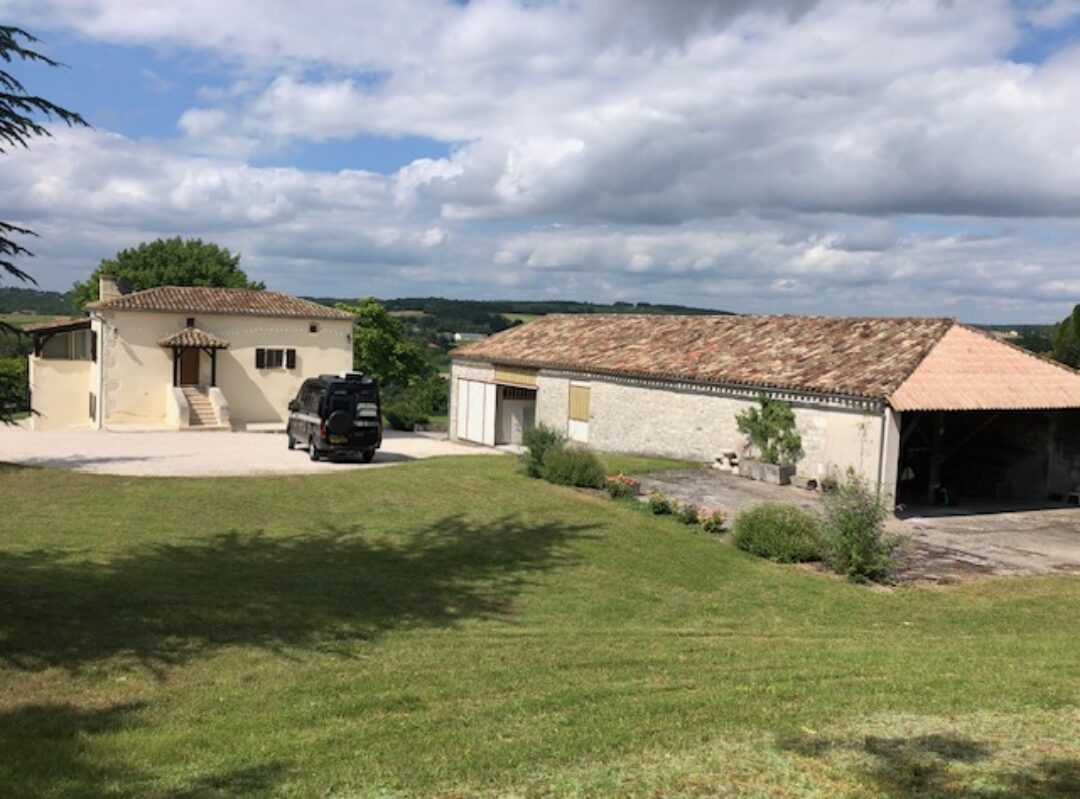Back in July we tried to visit the ‘Village of Martyrs’ at Oradour-sur-Glâne but were thwarted by a lack of phone signal to access our health passes that had been introduced for museums in France that very day. Joe has already visited the site a couple of times so a few days on my own was a good opportunity to go back and visit.
I’ve extracted below the brief history of this site from my previous blog. This time the pass worked fine and apart from some indoor temporary exhibitions the remainder of the site is all outside.
On 10th June 1944 the German troops were making their way North to Normandy and were frustrated by attacks on by the French Resistance. In retaliation they rounded up all of the villagers at Oradour-sur-Glâne and killed 642 men, women and children. The Germans subsequently burned and destroyed the entire village. The village was left in ruins as a memorial to those who died and in there 1950s the was surrounded by a wall to protect the site. A new village has sprung up adjacent to the site.
This is a sobering site (and sight) and everyone visits in silence. An entire village in ruins which in some ways ressembles the images we see of bombed villages and towns in war-torn Middle East countries. This village could have been any of the many villages we have visited, written about and stopped in for a coffee or a beer.
The vestiges that have endured are the stone buildings and metal items such as cooking pots, cars and farming equipment. I was struck by the number of rusting Singer sewing machines I saw in the ruins of houses, some balanced on window sills – the contrast of banal domestic items amid these ruins.


One of the most iconic and best known images of Oradour sur Glane is of the doctor’s car on the Champ de Foire, symbolising a moment frozen in time. The doctor had arrived back in Oradour from visiting a patient while the round-up of the villagers was taking place. He parked his car here and joined his father, the mayor, waiting to see what was going to happen.


In the passage linking the new visitor centre to the village entrance is a more recent installation with photographs, where it has been possible to obtain them, of the victims printed on porcelain tiles. The history of the massacre often focuses on the total number of people and the number of children who were killed, but this installation is designed to serve as a reminder that behind those numbers are individuals, each with their own history and family.










